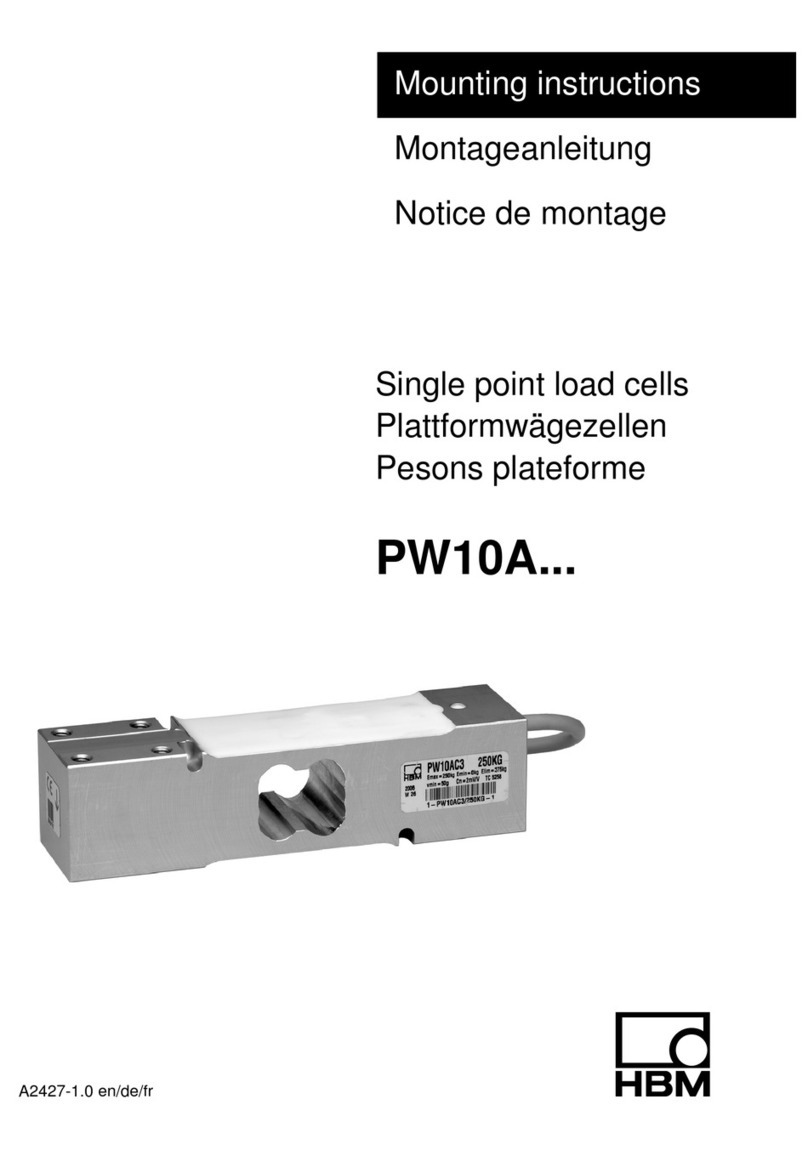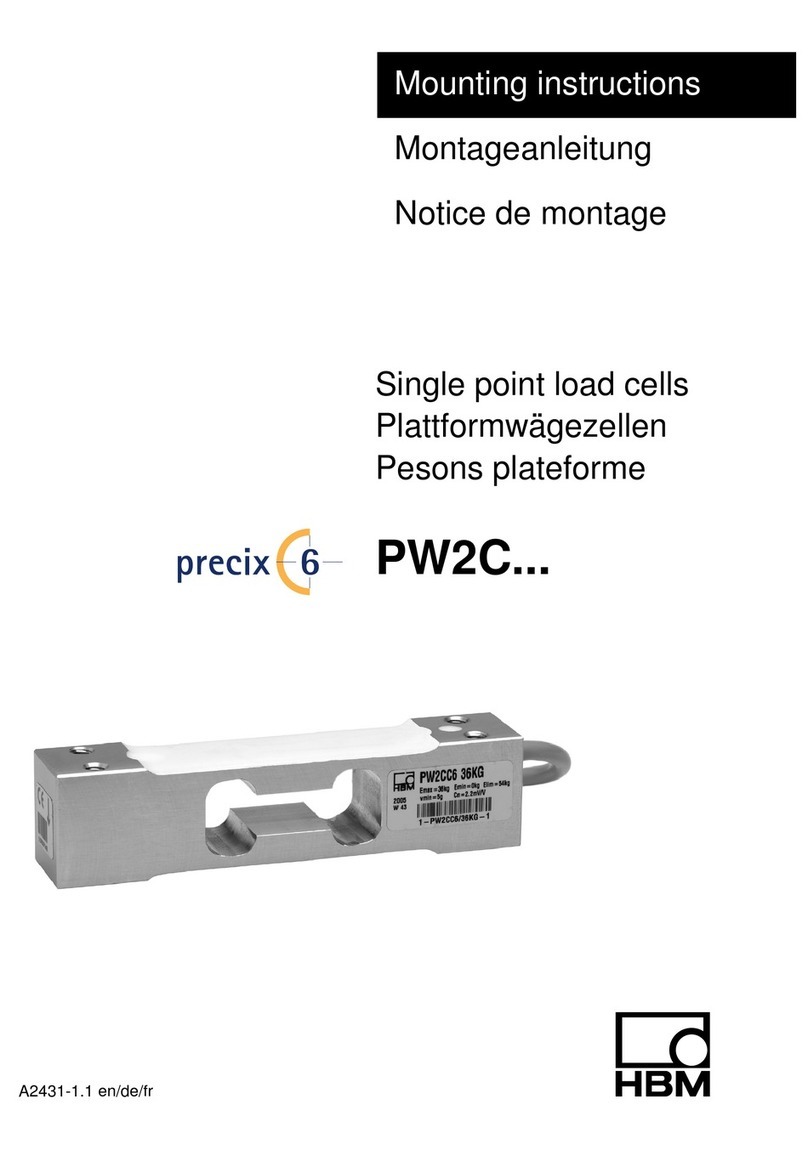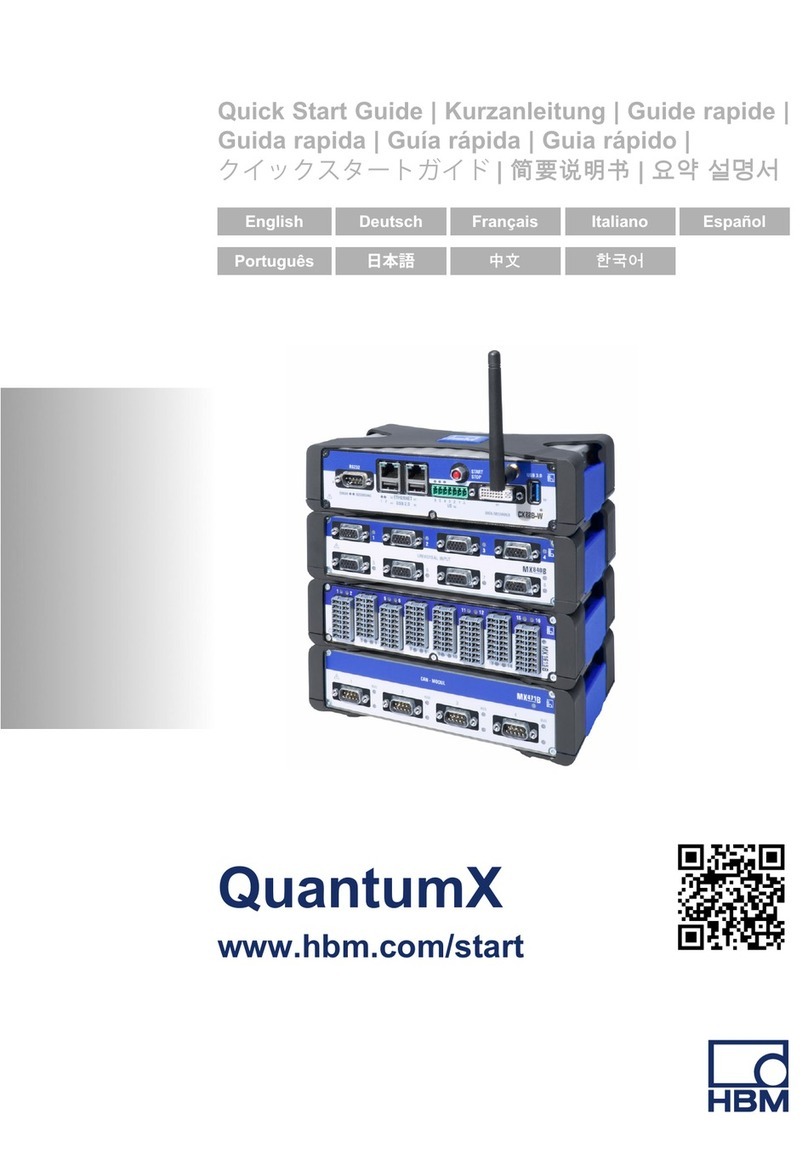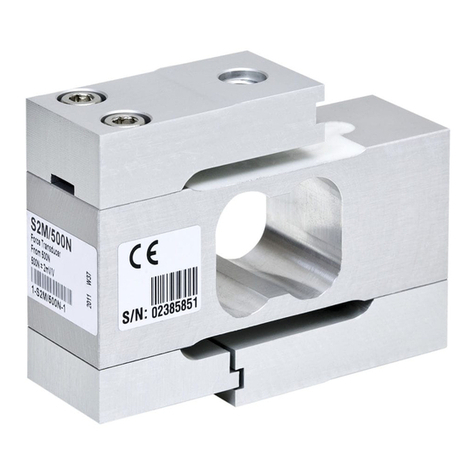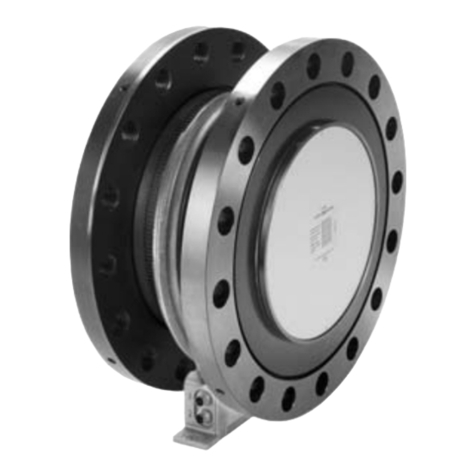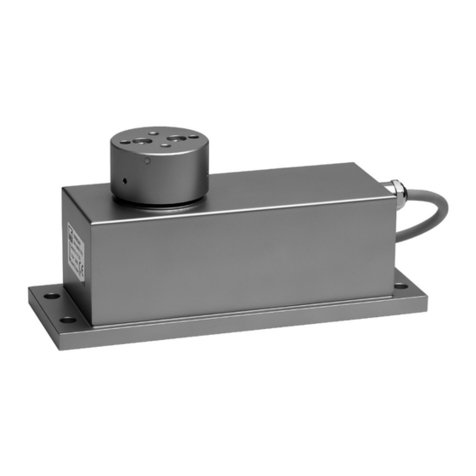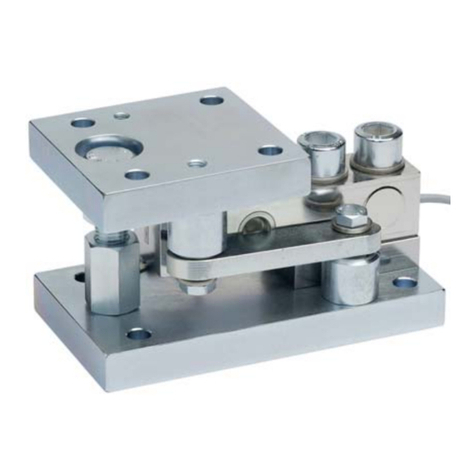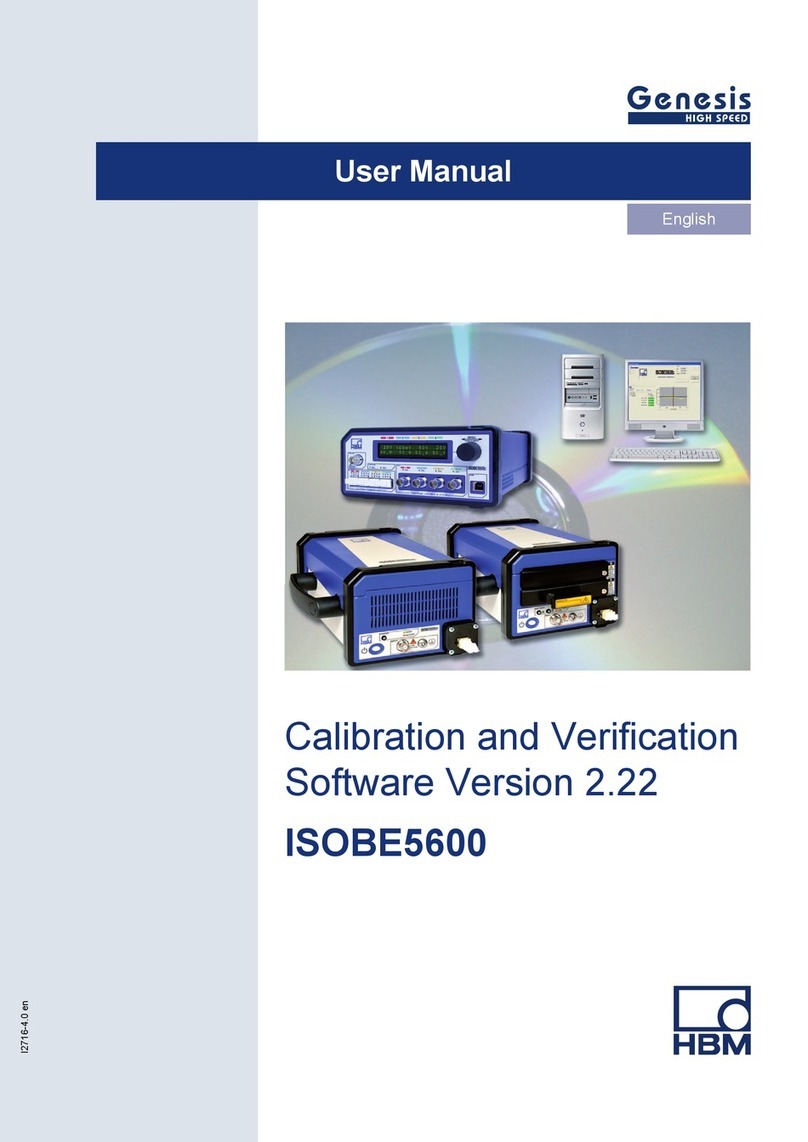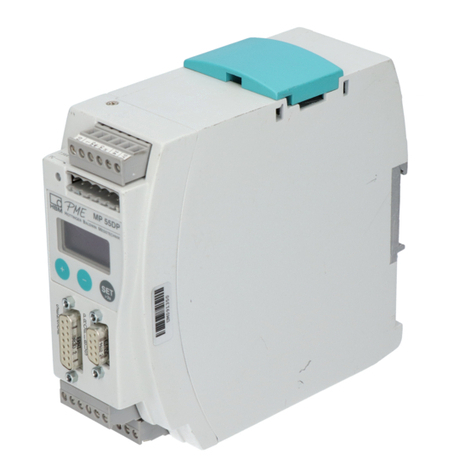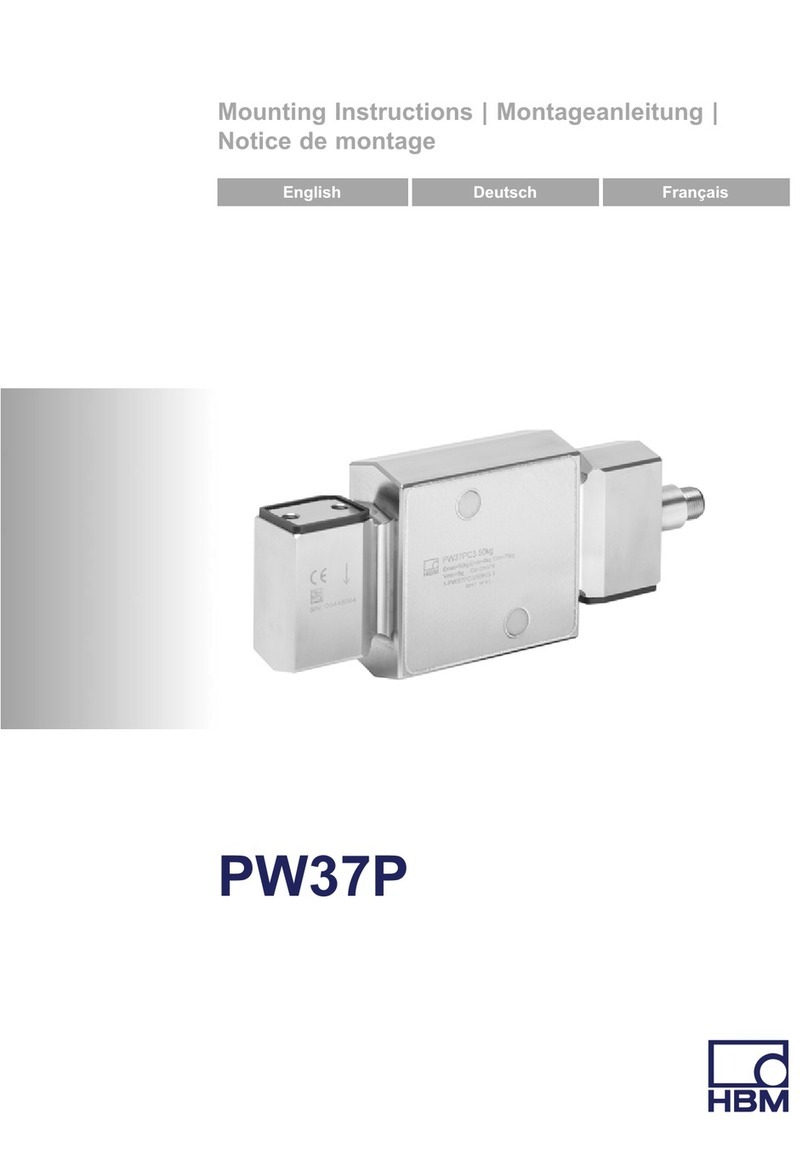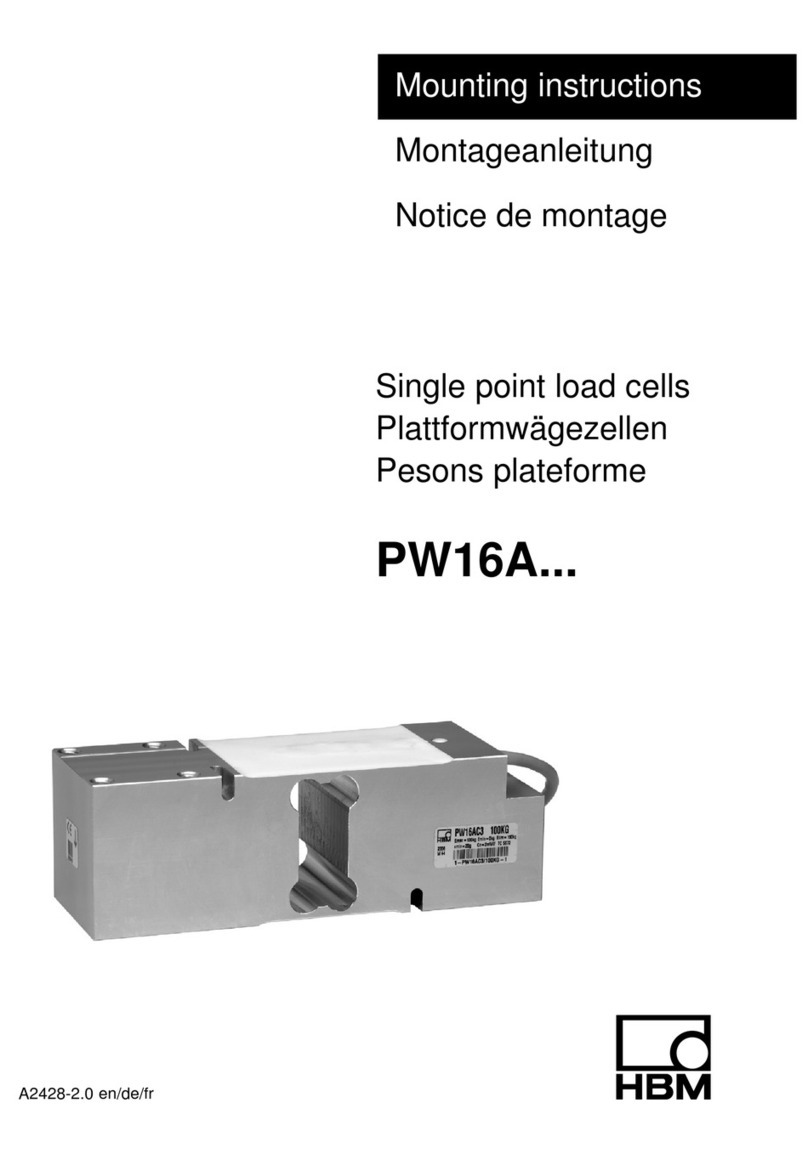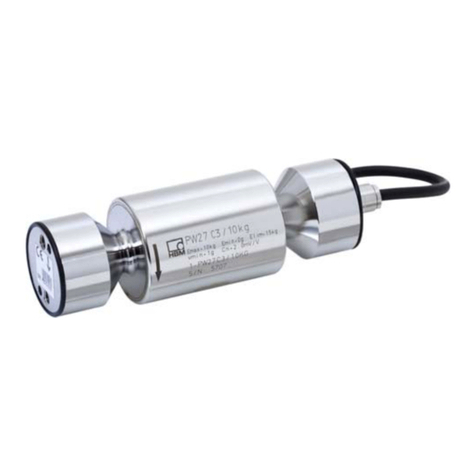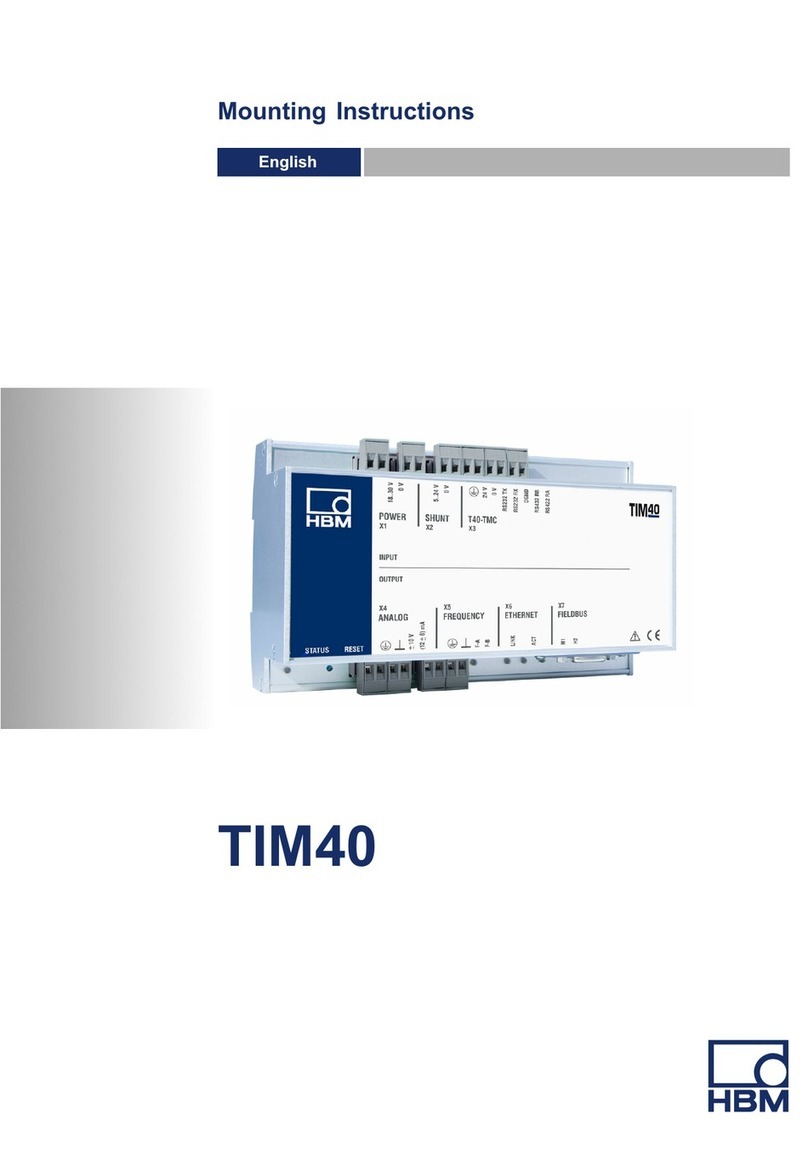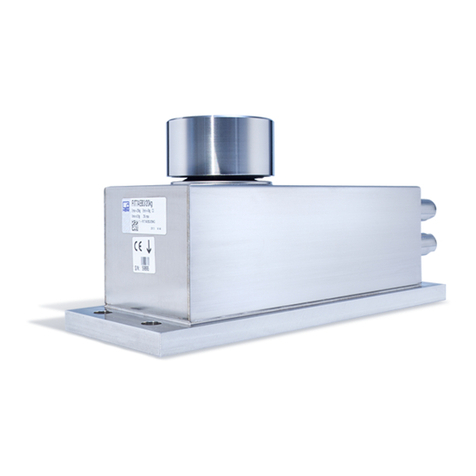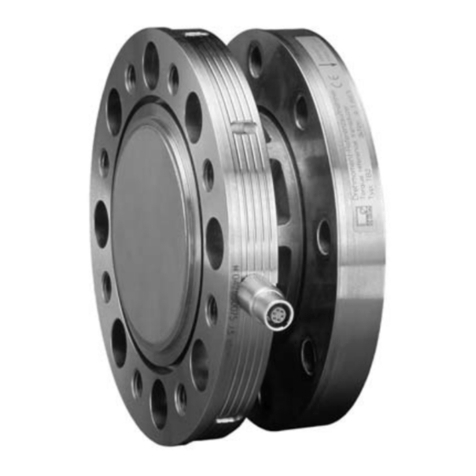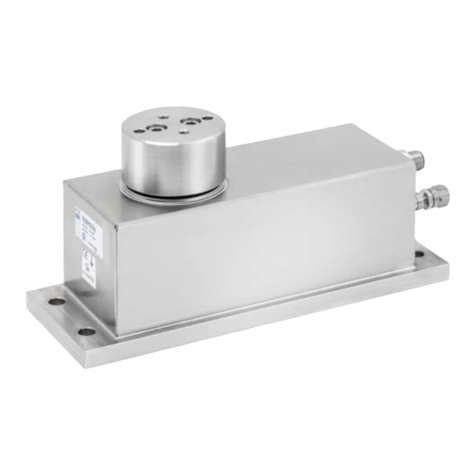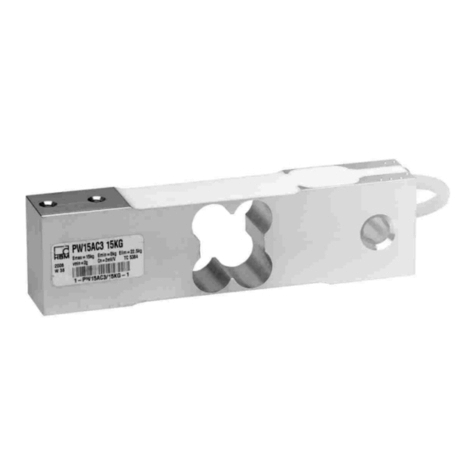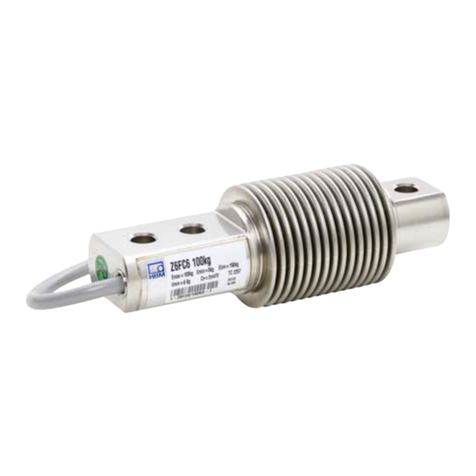
4T10FS
HBM A078514.0en
5 Electrical connection 33. . . . . . . . . . . . . . . . . . . . . . . . . . . . . . . . . . . . . . . . .
5.1 General instructions33. . . . . . . . . . . . . . . . . . . . . . . . . . . . . . . . . . . . . .
5.2 Shielding design 33. . . . . . . . . . . . . . . . . . . . . . . . . . . . . . . . . . . . . . . . .
5.3 Option 2, code KF1 34. . . . . . . . . . . . . . . . . . . . . . . . . . . . . . . . . . . . . .
5.3.1 Adaptation to the cable length 34. . . . . . . . . . . . . . . . . . . . .
5.4 Option 2, code SF1/SU2 36. . . . . . . . . . . . . . . . . . . . . . . . . . . . . . . . . .
5.5 Supply voltage 39. . . . . . . . . . . . . . . . . . . . . . . . . . . . . . . . . . . . . . . . . .
6 Calibration 40. . . . . . . . . . . . . . . . . . . . . . . . . . . . . . . . . . . . . . . . . . . . . . . . . . .
6.1 Calibration Option 2, code KF1 40. . . . . . . . . . . . . . . . . . . . . . . . . . . .
6.2 Calibration Option 2, code SF1/SU2 41. . . . . . . . . . . . . . . . . . . . . . . .
7 Settings 42. . . . . . . . . . . . . . . . . . . . . . . . . . . . . . . . . . . . . . . . . . . . . . . . . . . . .
7.1 Torque output signal, code KF1 43. . . . . . . . . . . . . . . . . . . . . . . . . . . .
7.2 Torque output signal, code SF1/SU2 43. . . . . . . . . . . . . . . . . . . . . . .
7.3 Setting up the zero point 44. . . . . . . . . . . . . . . . . . . . . . . . . . . . . . . . . .
7.4 Functional testing 45. . . . . . . . . . . . . . . . . . . . . . . . . . . . . . . . . . . . . . . .
7.4.1 Power transmission 45. . . . . . . . . . . . . . . . . . . . . . . . . . . . . .
7.4.2 Testing the optical speed module 46. . . . . . . . . . . . . . . . . . .
7.5 Setting the pulse count 47. . . . . . . . . . . . . . . . . . . . . . . . . . . . . . . . . . .
7.5.1 Magneticspeed measuring system 47. . . . . . . . . . . . . . . . .
7.5.2 Optical speed measuring system 50. . . . . . . . . . . . . . . . . . .
7.6 Vibration suppression (hysteresis)51. . . . . . . . . . . . . . . . . . . . . . . . .
7.7 Form of the rotation speed output signal 52. . . . . . . . . . . . . . . . . . . .
7.8 Type of the rotation speed output signal 53. . . . . . . . . . . . . . . . . . . .
7.9 Optical speed measuring system with a reference pulse53. . . . . .
8 Loading capacity 55. . . . . . . . . . . . . . . . . . . . . . . . . . . . . . . . . . . . . . . . . . . . .
8.1 Measuring dynamictorque 55. . . . . . . . . . . . . . . . . . . . . . . . . . . . . . . .
9 Maintenance 57. . . . . . . . . . . . . . . . . . . . . . . . . . . . . . . . . . . . . . . . . . . . . . . . .
9.1 Torque flange maintenance57. . . . . . . . . . . . . . . . . . . . . . . . . . . . . . .
9.2 Speed module maintenance57. . . . . . . . . . . . . . . . . . . . . . . . . . . . . .
9.2.1 Magneticspeed measuring system 57. . . . . . . . . . . . . . . . .
9.2.2 Optical speed measuring system 57. . . . . . . . . . . . . . . . . . .
